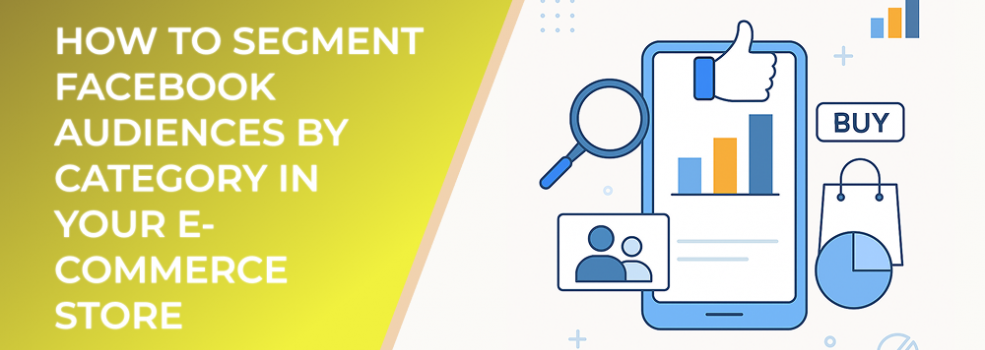Audience segmentation is one of the most powerful ways to make your Facebook ads more effective. By dividing your store’s shoppers into meaningful groups, you can serve highly relevant ads instead of one-size-fits-all campaigns. Studies show that segmented campaigns can achieve up to a 760% increase in revenue compared to non-segmented campaigns. For e-commerce brands, this can be the difference between breaking even and scaling profitably.
Key Benefits of Segmenting by Category
Facebook Ads industry benchmark chart—e-commerce CTR averages around 1.75 %, providing context for performance improvements through segmentation
-
Relevance – Customers see ads for products they are already interested in.
-
Better ROI – Ad spend goes further because impressions target buyers, not random scrollers.
-
Higher CTRs – Personalized ads often deliver click-through rates 2–3x higher than generic ads.
-
Scalability – You can identify your best-performing categories and allocate more budget where it matters.
How to Segment Audiences by Product Category
Visual breakdown of customer behavior segments—tracking activity from product views to purchases helps define effective Facebook audience categories
1. Use Facebook Custom Audiences
Upload customer lists from your store categorized by product purchases. For example:
-
Electronics buyers
-
Apparel buyers
-
Home & living buyers
This allows you to create highly targeted campaigns based on actual purchase behavior.
2. Leverage Website Custom Audiences
Set up pixel-based tracking for shoppers who visit specific category pages. Example:
-
Visitors to your “Shoes” collection
-
Visitors to “Kitchen appliances”
These audiences are warmer and more likely to convert because they’ve already shown intent.
3. Create Category-Based Lookalike Audiences
Once you have solid data for each category, expand your reach with lookalikes. For instance, generate a lookalike of customers who purchased skincare products, and Facebook will find people with similar behaviors.
4. Dynamic Ads for Product Categories
Dynamic ads automatically show products from specific categories based on browsing history. If someone viewed “office chairs,” they’ll see ads with those items without you manually setting them up.
5. Test and Optimize Regularly
Always A/B test audiences by category. Track metrics such as:
-
CTR (Click-Through Rate)
-
CPM (Cost per 1,000 impressions)
-
ROAS (Return on Ad Spend)
Data-driven adjustments will help you prioritize profitable segments.
Example of Category Segmentation in Action
An online fashion store segments its Facebook audiences into three groups: shoes, accessories, and dresses. Ads featuring dresses show 35% higher CTR, while accessory ads yield 28% higher ROAS. This insight allows the store to shift more budget to the best-performing categories while maintaining visibility for all segments.
Final Thoughts
Segmentation by category is essential for e-commerce growth on Facebook. It allows you to target the right buyers with the right products, leading to stronger engagement and more conversions. With smart testing and optimization, you can scale your campaigns profitably.

